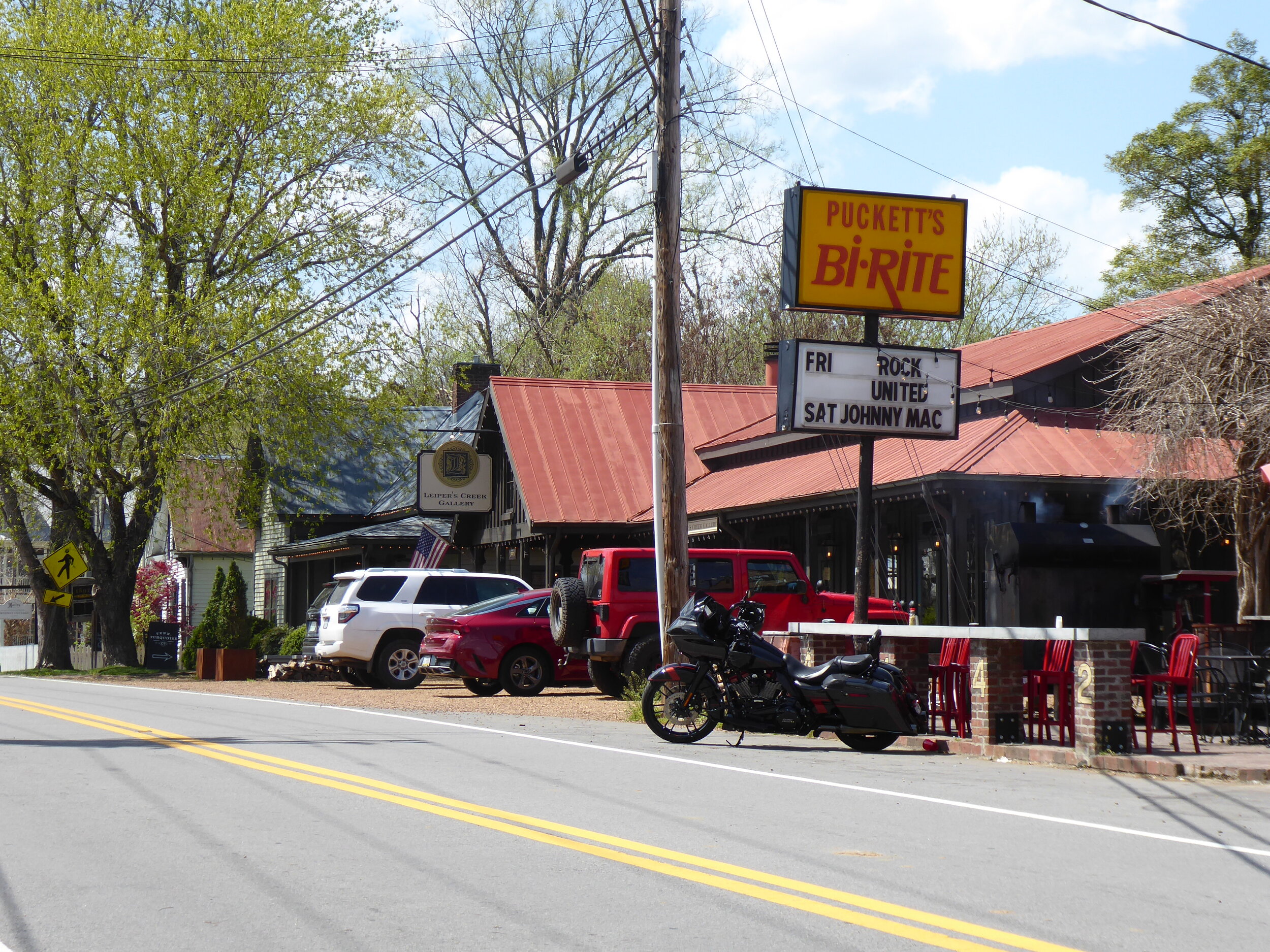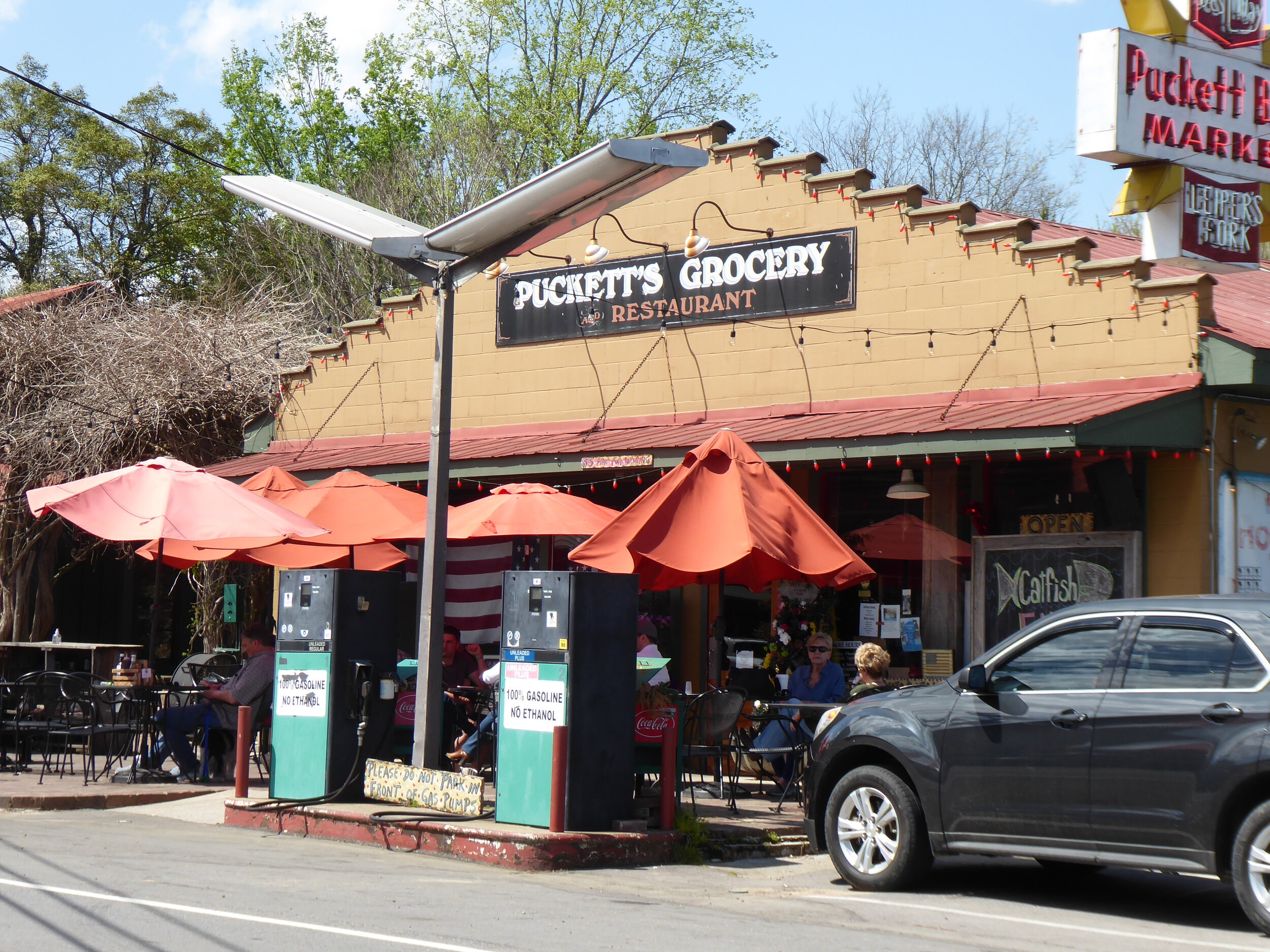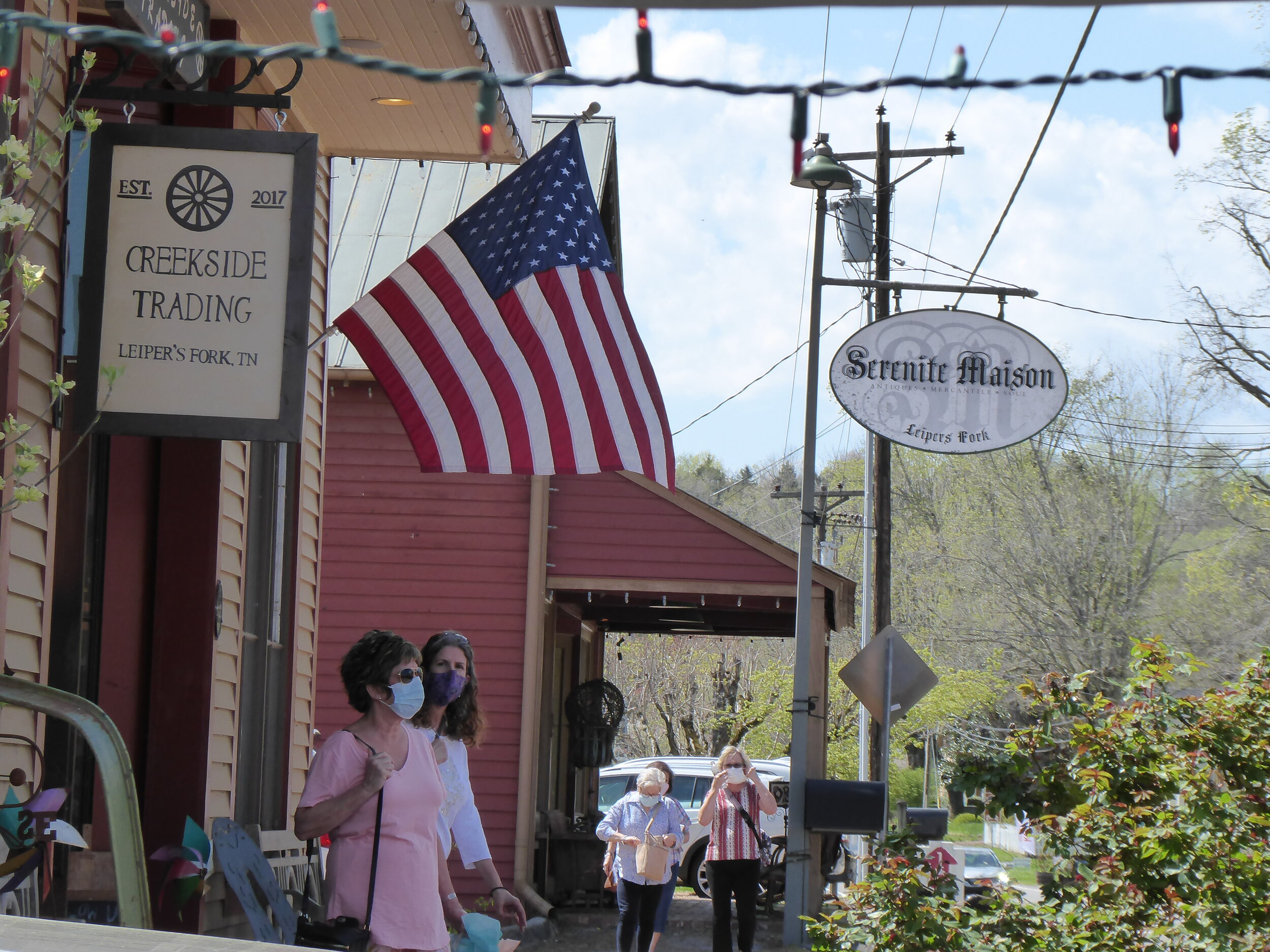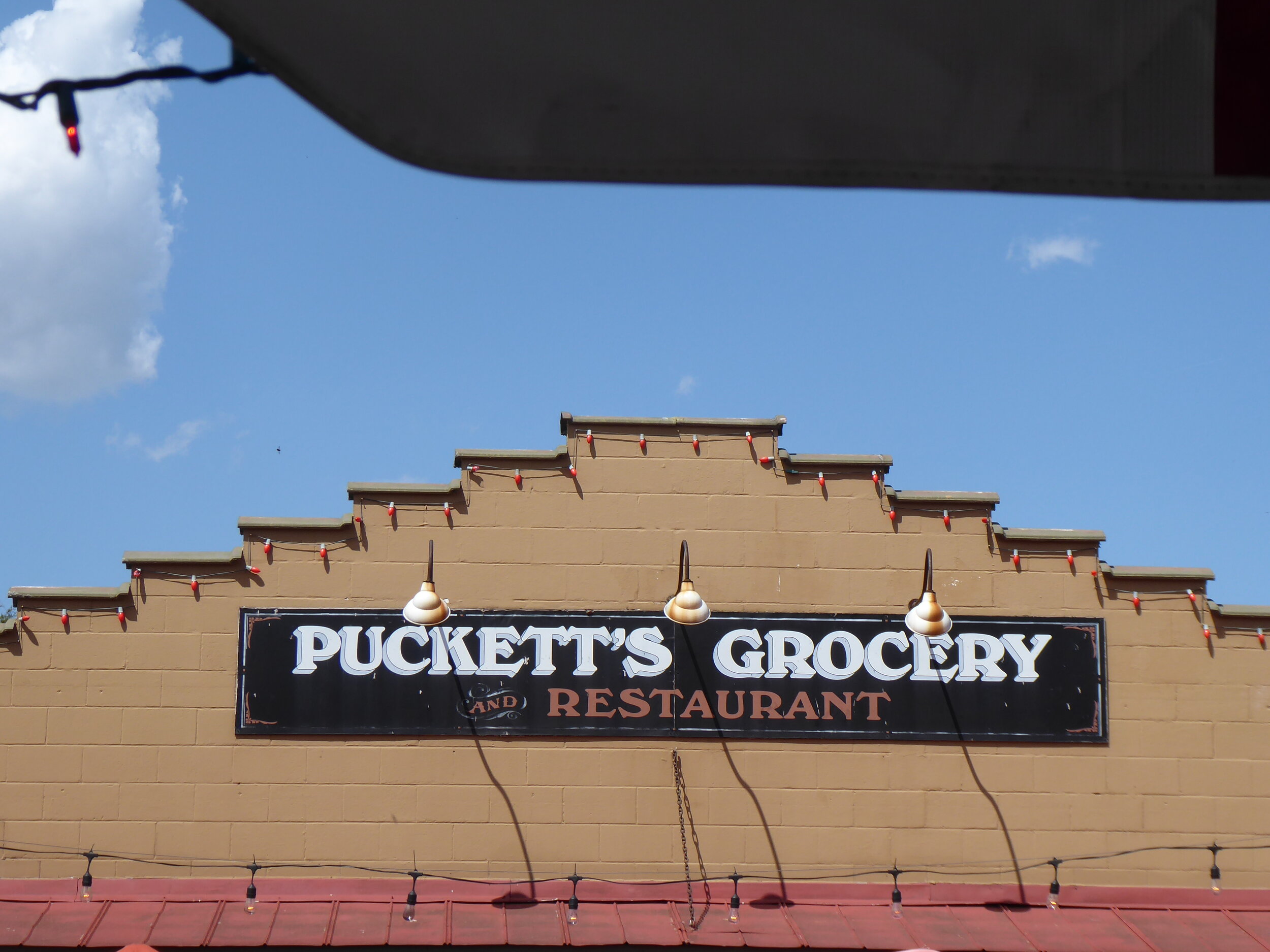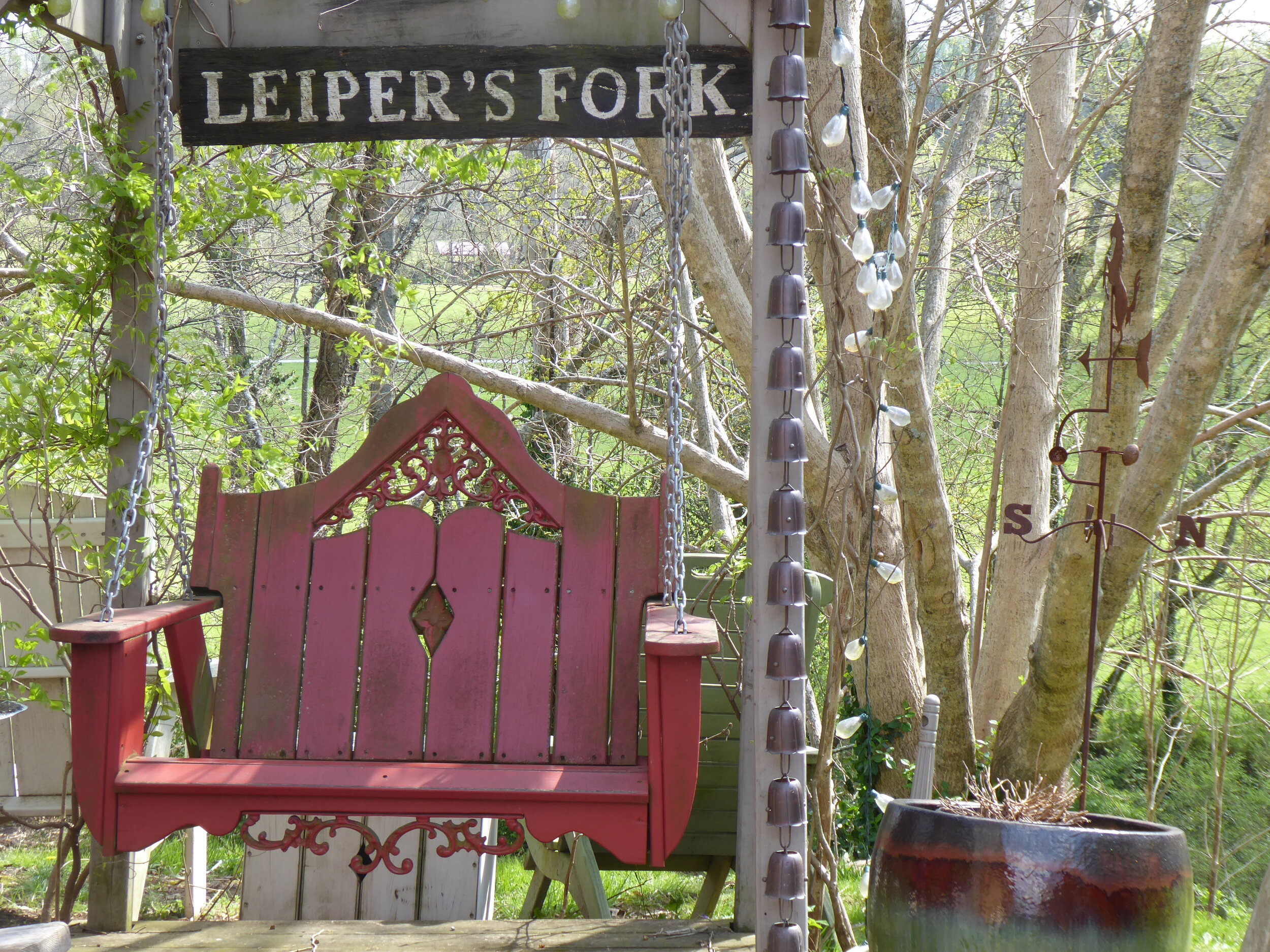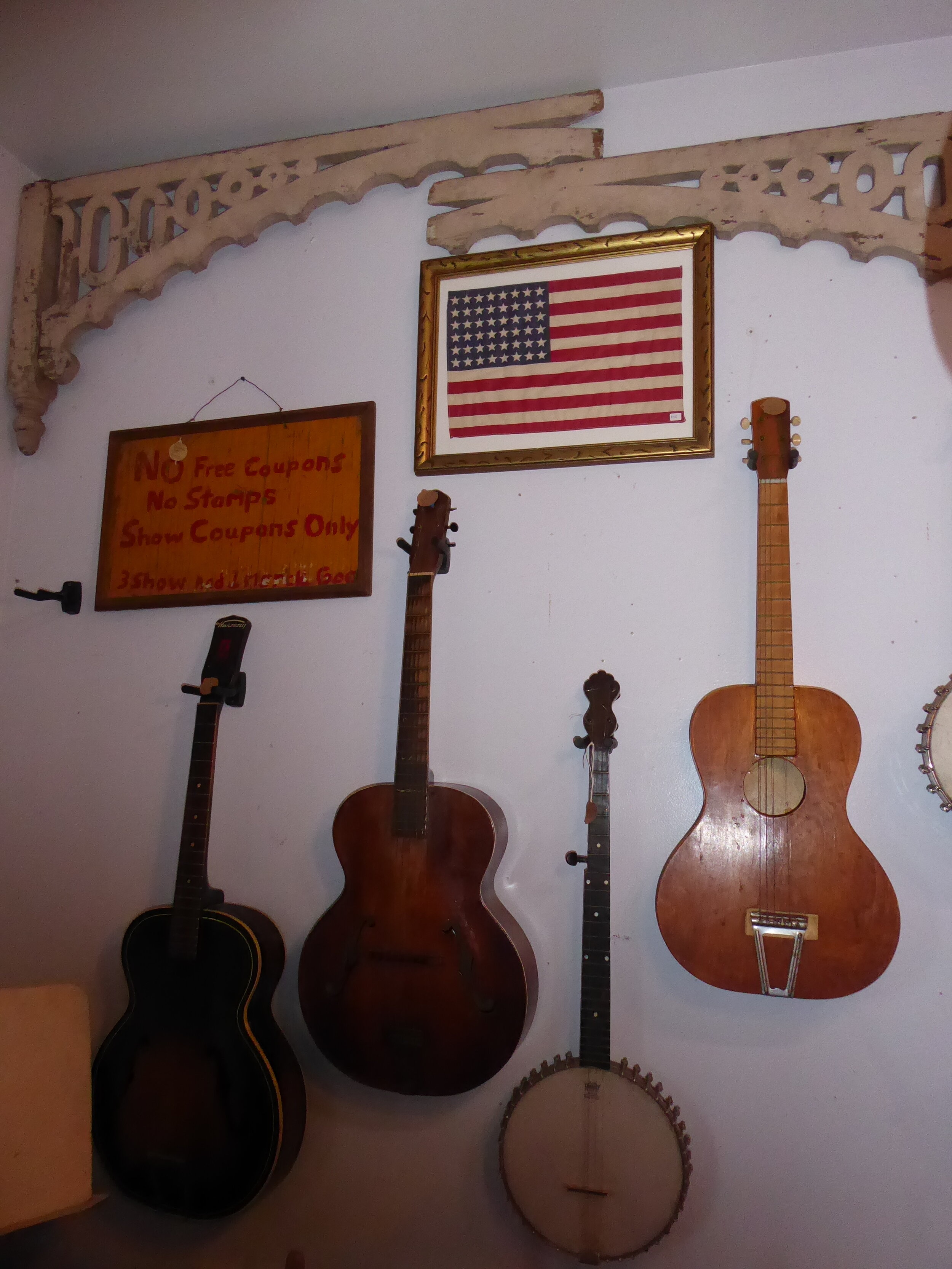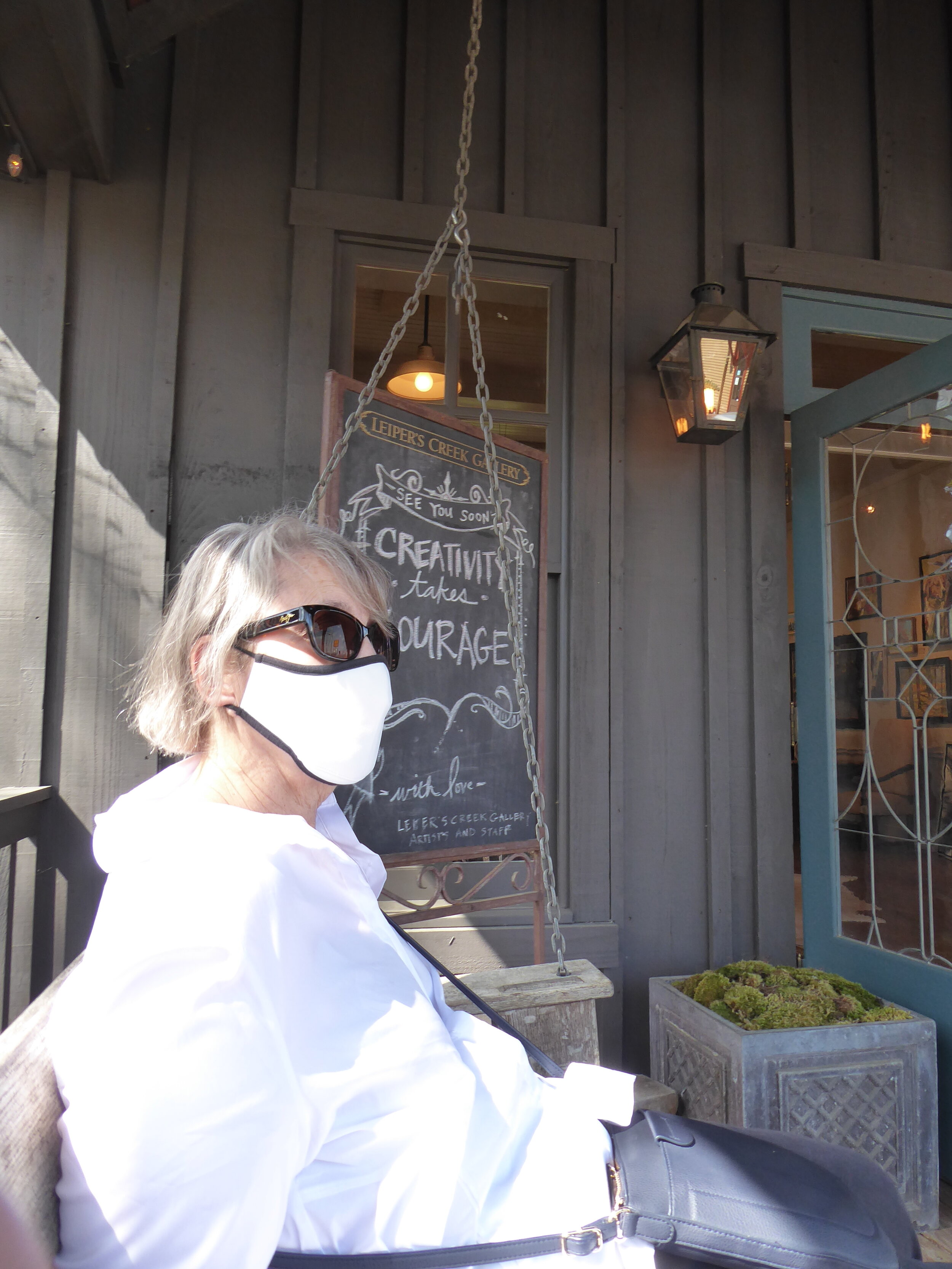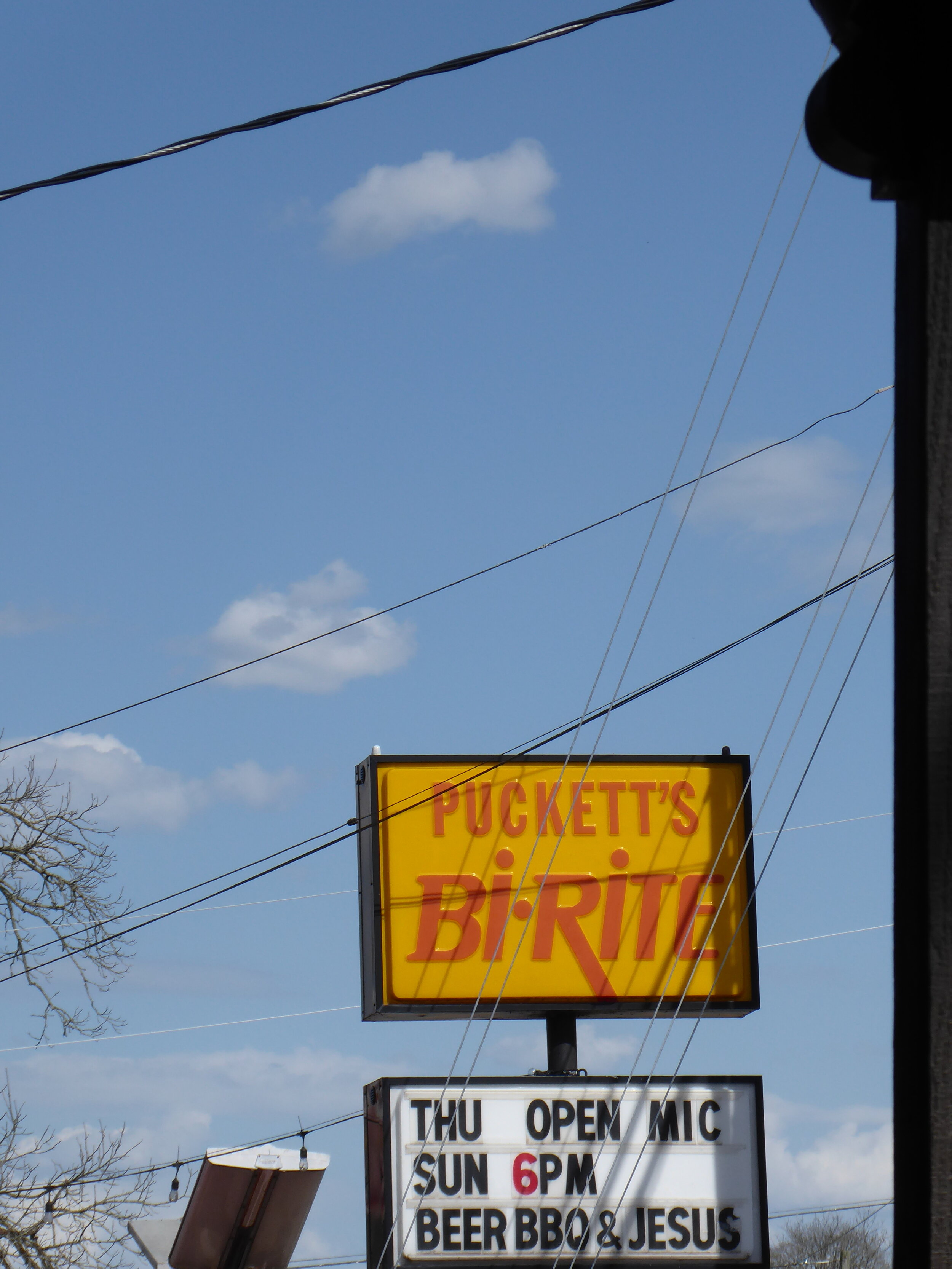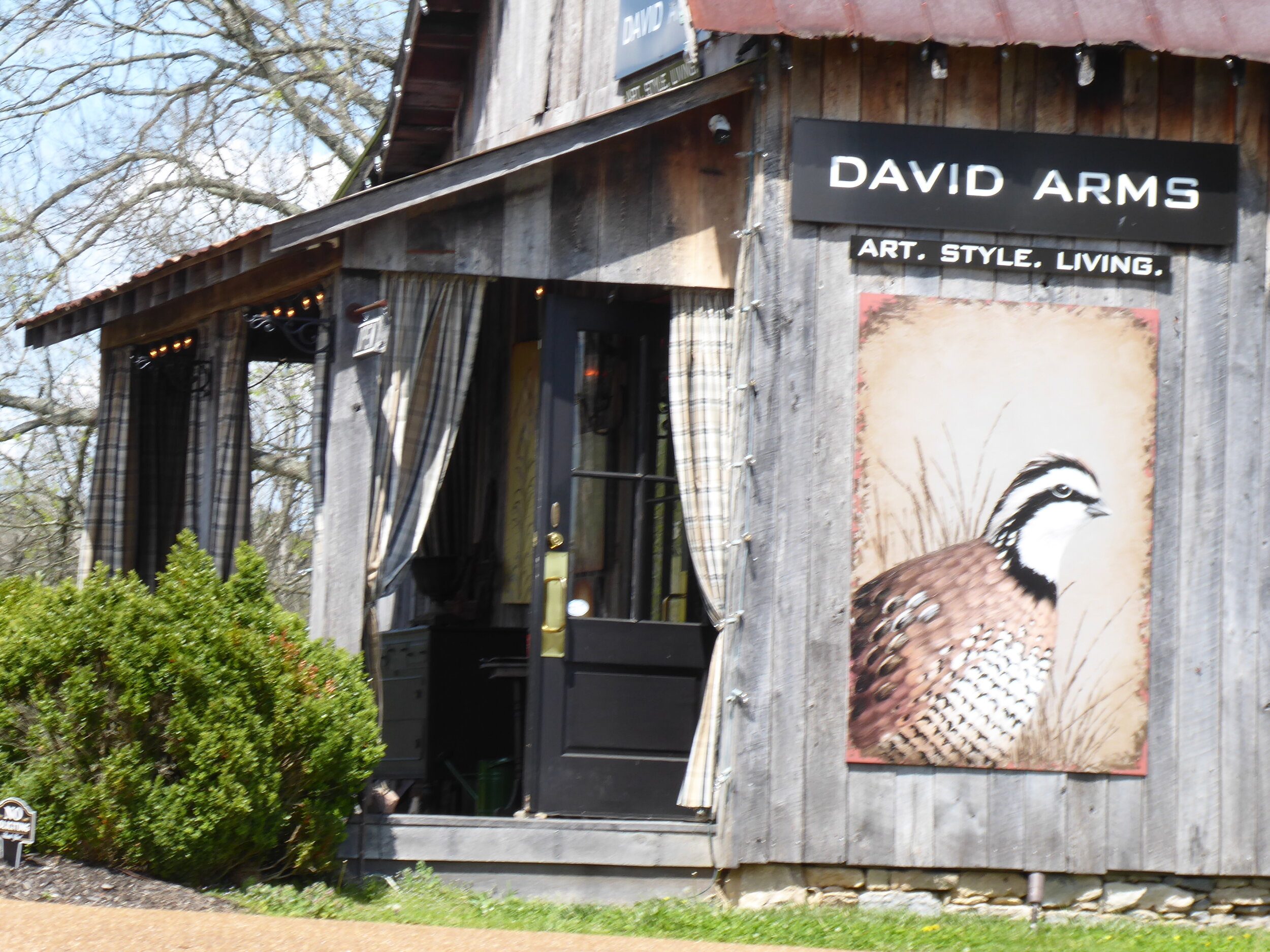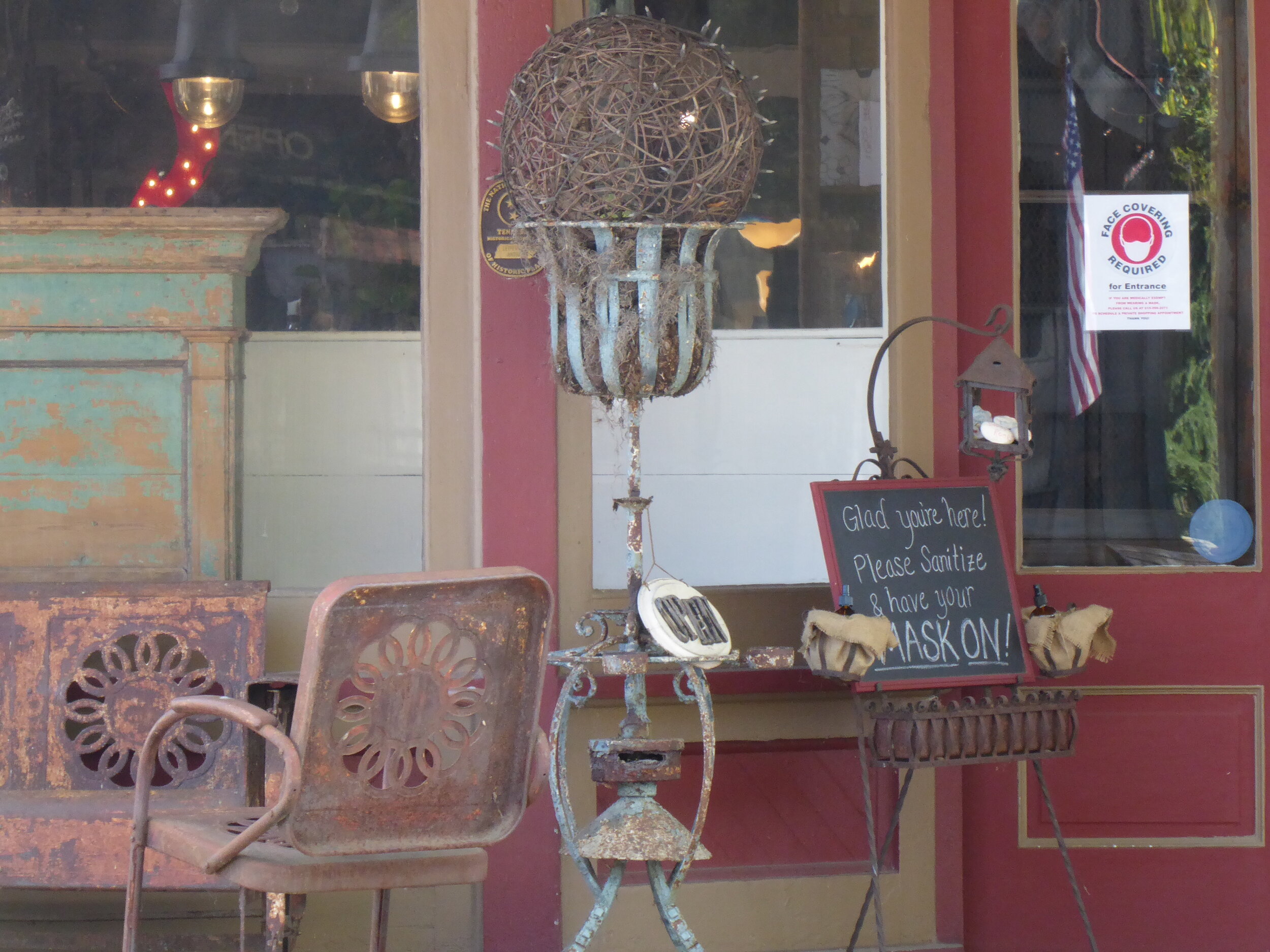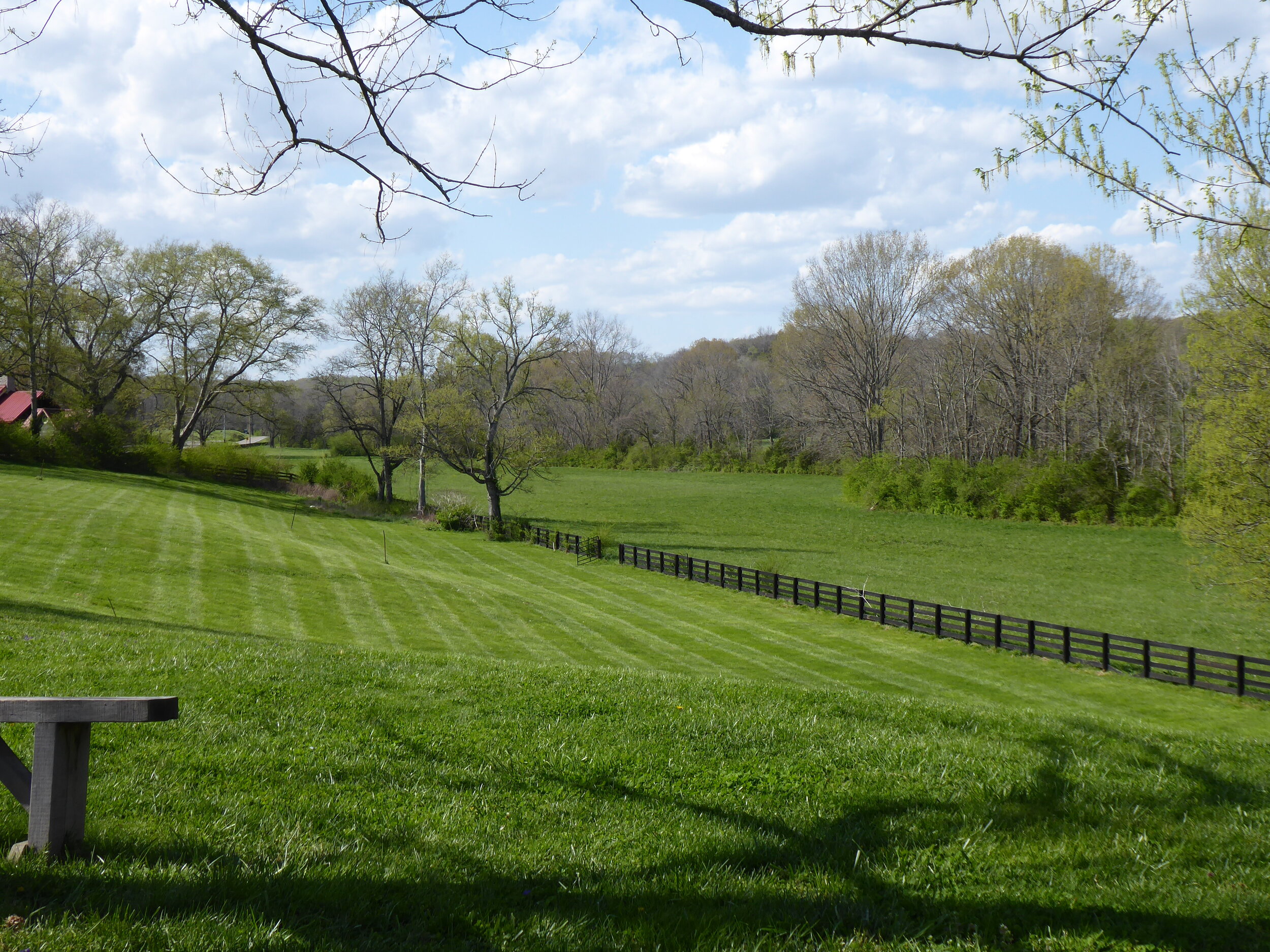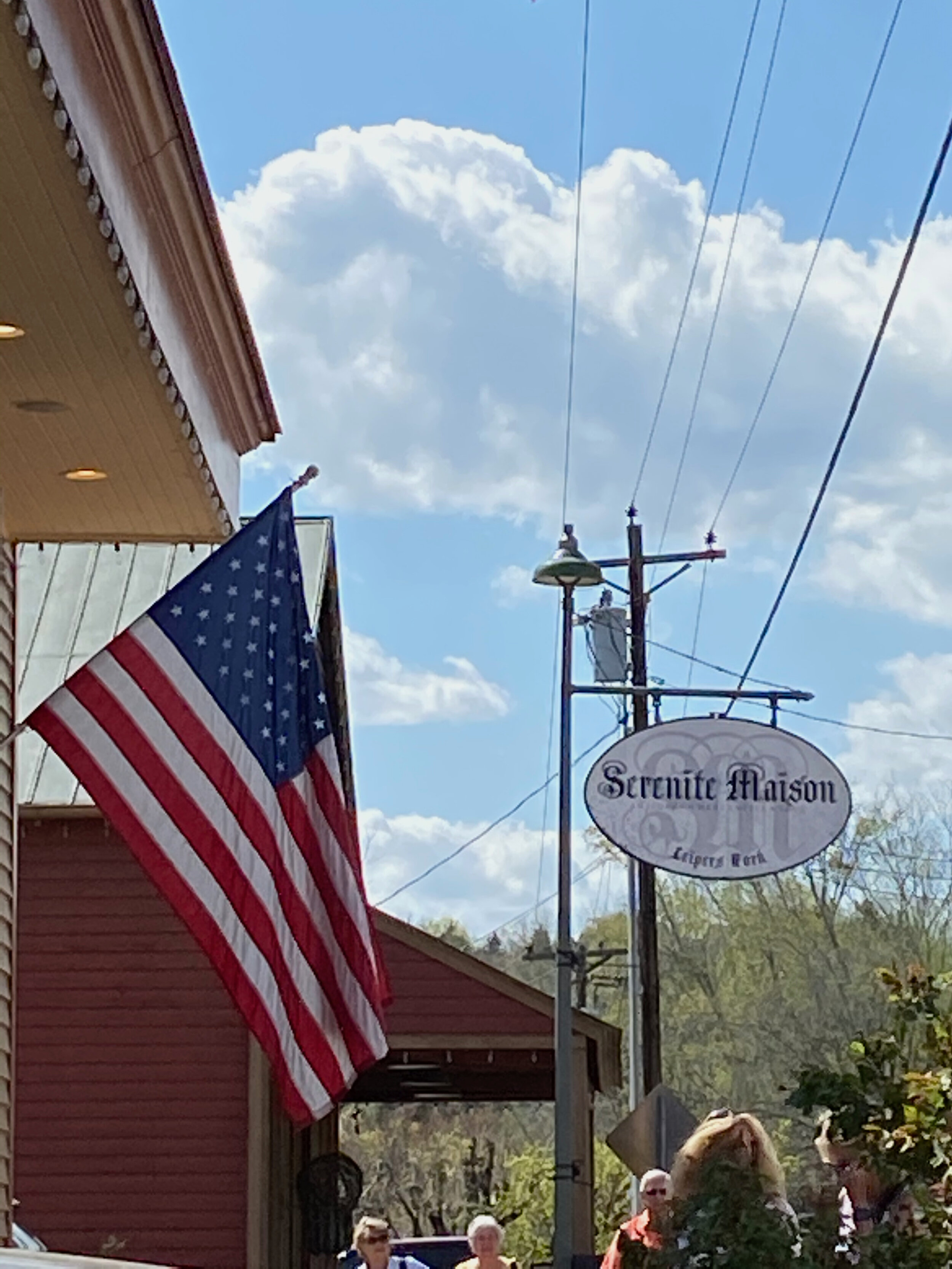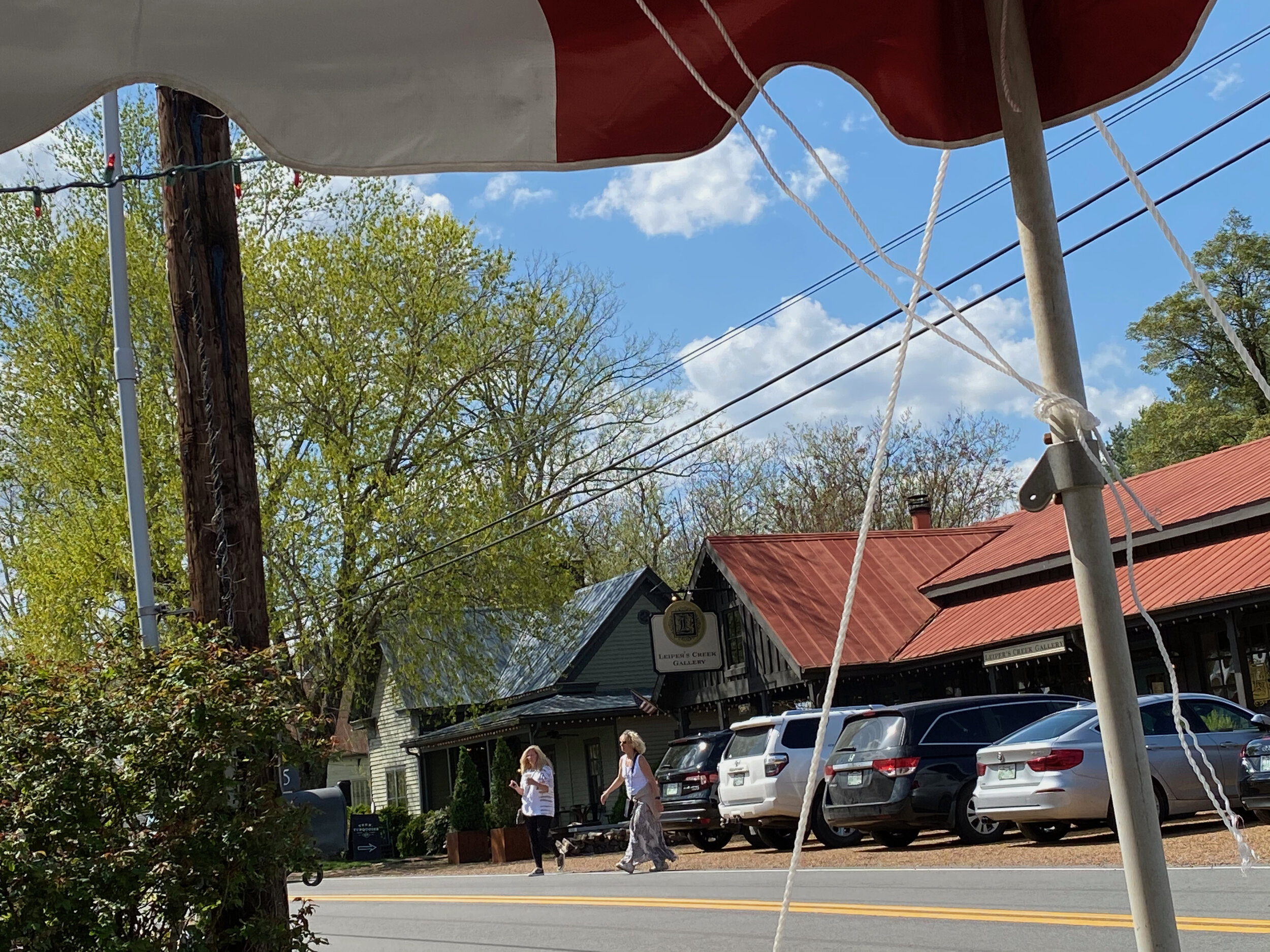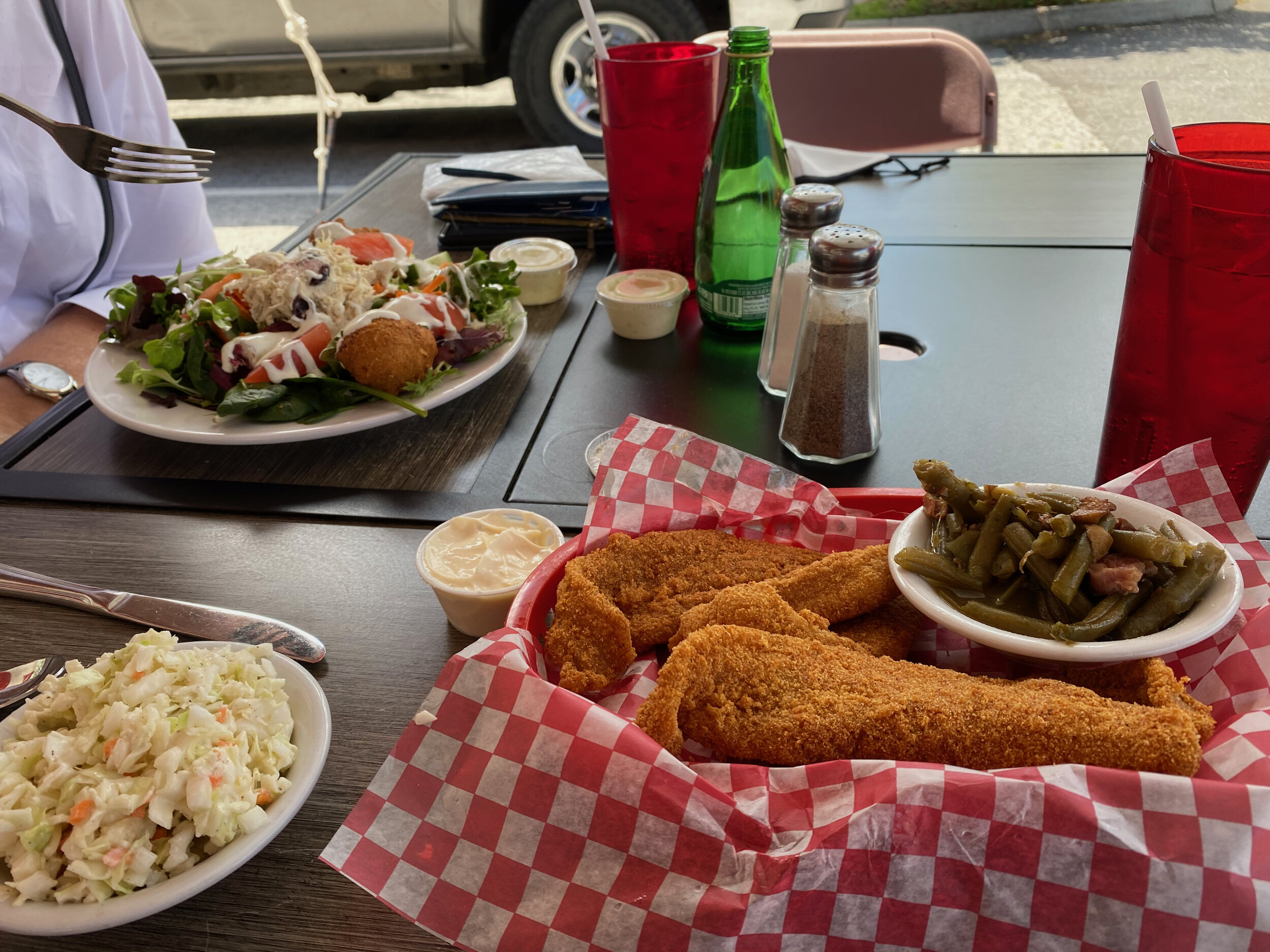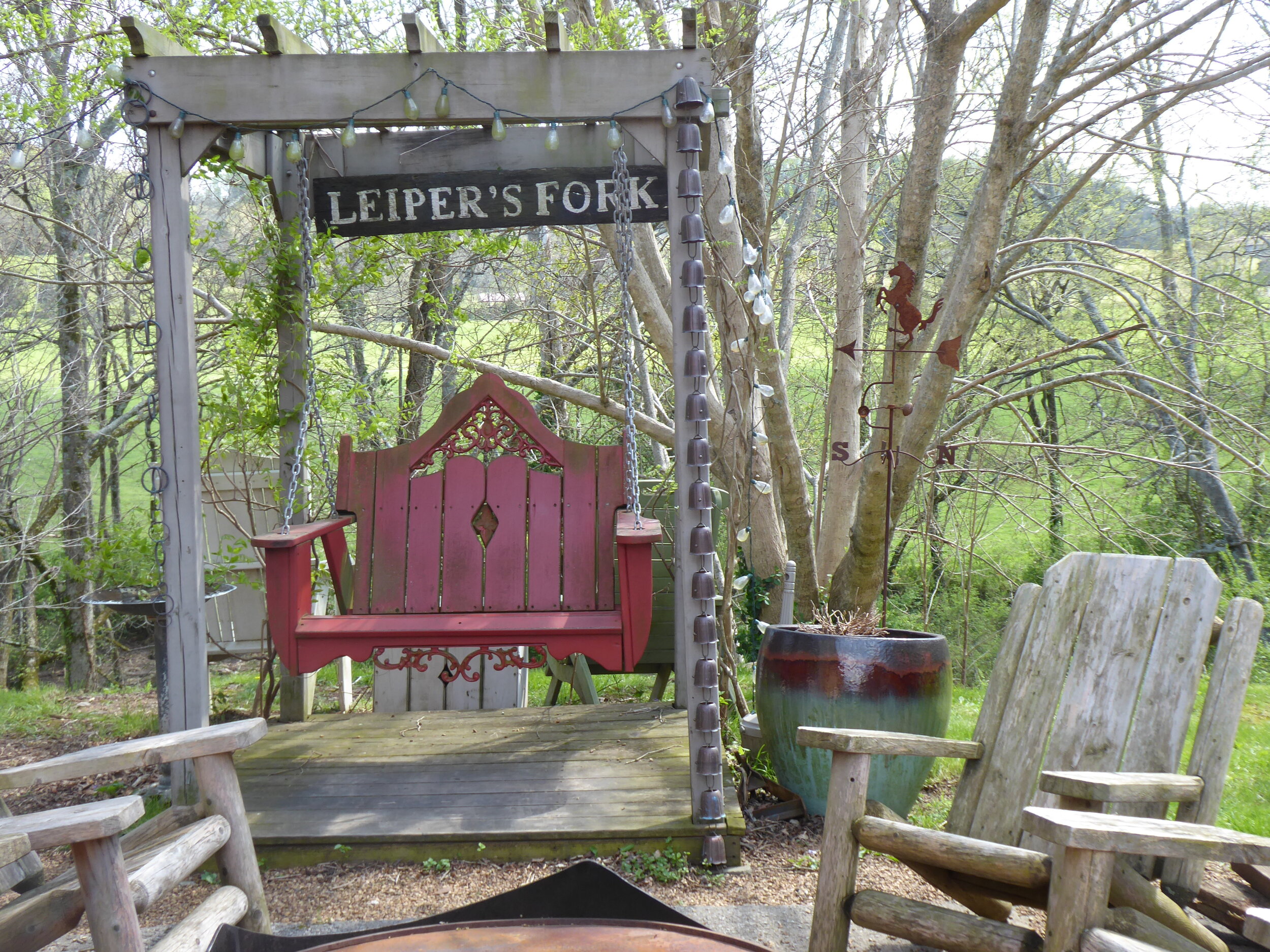
We were amusing ourselves while driving from Nashville TN to Liepers Fork by identifying the architectural styles of the area’s mega-mansions. Within a few miles after passing Franklin, a town about 10 miles north, the new middle-class housing subdivisions dropped off, replaced by huge mansions set apart by large manicured acres of lawns and white fencing. Each mansion hearkened back to European aristocracy: an English castle, an alpine ski chalet, most often Italian Villas complete with red geraniums falling softly from rounded balconies. And look, there went Versailles! Whoa, that was ambitious!
There was not one trace of any building style that even remotely linked to, what I might call, nineteenth century American Farmhouse, or even twentieth century Frank Loyd Wright glory. American Farmhouse, not to be confused with American Plantation, requires a large front porch with swings and rocking chairs, Victorian Fretwork, large windows with shutters and gabled roofs. There were no American historical architectural styles to be found along that road, until we reached Liepers Fork and all of a sudden we skipped backwards in time. It was jarring.
Liepers Fork is advertised as a contemporary working rural Tennessee town. Unlike the mansions scattered across the surrounding countryside, it actually does have most of its original nineteenth and twentieth century buildings intact, but it is NOT a working rural town. Like Williamsburg VA it is a living history museum and a disneyfication of a working rural town. Yes there is a lawyer and a hair salon, but this is a tourist town. And its creation as such was deliberate.
Originally the town was an important stopping point along the Natchez Trace, the main road for two centuries between Nashville and New Orleans. Liepers Fork became a city in 1818 and it prospered through the 1800’s and early 1900’s from the trade and movement of goods along the trace, as well as regional logging and agriculture. A railroad line was built to facilitate the movement of goods to and from the small city. Around 1927, when highways replaced the trace and the railroad, bypassing Liepers Fork, the town slowly dwindled to a ghost town with a few working businesses.
In 1990 a wealth developer, Aubrey Preston moved to the area. Eyeing the encroachment of middle class development creeping down from Nashville and not wanting it to mess up his new home area, he teamed up with local wealthy conservationists, Marty and Bruce Hunt to revitalize the town. It’s a long story, but essentially, seeing the potential in the actual buildings in the town, they bought up the whole town and much of the surrounding acres. Acres of land surrounding the town was converted to a Land Trust, which means it cannot ever be developed. This effectively shields them from overdevelopment, although it also means the land cannot be farmed or used for agricultural profits either. The buildings and town were named a National Historic Site, which means the buildings cannot be torn down. They spiffed up all the buildings, rented them out to high end stores and restaurants and created a disneyfied version of a rural nineteenth century town. Unlike the living history museum that is Williamsburg, these buildings are rented out to high-end businesses. There are two antique stores, three or four galleries (really splendid stuff if you have the inclination to buy art) three restaurants, a couple of touristy stores, a Bed and Breakfast and a coffee shop. Other than the architecture there are few clues to what life would have looked like in a busy trading and transportation hub at the turn of the century.
The three developers have created their own little world, where the middle class developments and shopping centers creeping out from Nashville and Franklin can never encroach. Unfortunately they can’t control the architectural styles chosen by the wealthy they have sold the land to. Thus the odd and sudden transition from European aristocratic mansions set in English countryside gardens to honest Tennessee architecture in town.
I don’t want to be a grumpy awful person, but the Liepers Fork experience was so odd it sent me off on a hunt for an explanation. It took me nearly two days to hunt down the story. This history is pretty much hidden from a casual search. I had to go all the way into an old article in a local newspaper before it was revealed that just three people made the decision to create the town as it is and they made a small fortune doing it.
Is this a good thing, a bad thing, just a weird thing? I haven’t decided.
Our experience: We had an indifferent lunch; spent some lovely time looking at exquisite art; bypassed the antique stores as antiques don’t call us; admired the creative merchandise in the tourist stores and then we went for a lovely drive. It was a pleasant afternoon even though both of us were puzzled by how the town came to be there in its present form. Now you know, you can enjoy it without wondering. Go have a good time.
Here is the newspaper story:
https://www.williamsonhomepage.com/brentwood/news/aubrey-preston-works-to-preserve-leiper-s-fork-s-charm/article_173c08d5-56b3-5b15-8a8a-d98045232903.html

